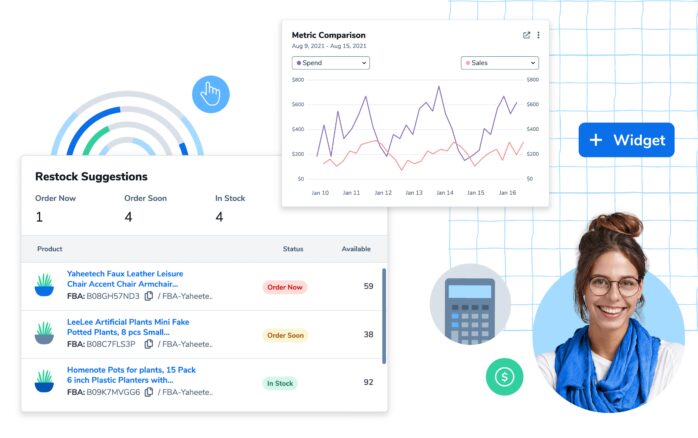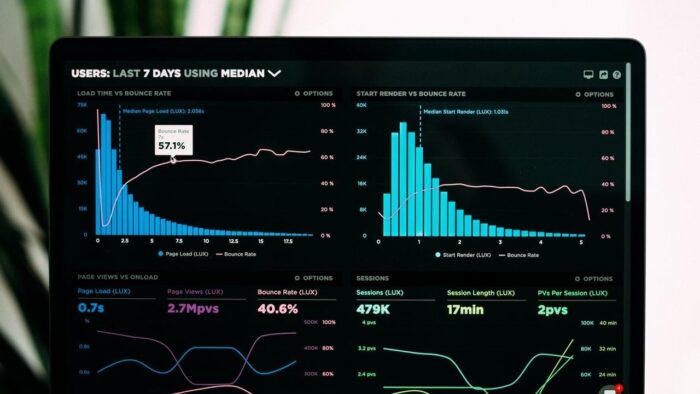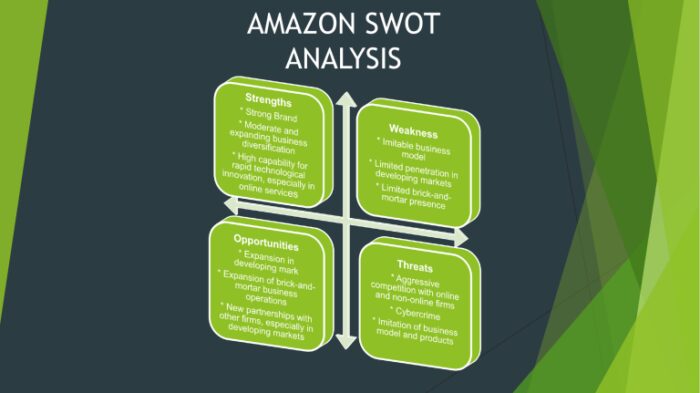
In today’s e-commerce landscape, making a one-time store setup isn’t enough to stay on top of the game. Flourishing Amazon merchants consistently make both minor and major adjustments to optimize performance and obtain a competitive edge.
Making strategic business decisions is only possible with proper insight into past and present performance. If your choices are based on accurate sales data analysis, you’ll have a better chance of succeeding on the highly fierce Amazon channel.
Want to know why you should recognize the value of Amazon sales analysis? How to collect the needed data, and which tools to use? We’ll delve into these topics and others in the guide.

What is analytics for Amazon sellers?
It involves studying consumer buying patterns, sales figures, competitor activity, and other metrics. The main goal is to have a better sense of the market and its trends, as well as boost store performance regarding conversion rates, sales, and revenues.
Using Amazon analytics, you can get a thorough view of buyers’ activity, such as what items they purchase and how they search for them. Also, it helps identify features that make your products stand out and discover why similar products may have worse performance. In essence, data analytics acts like a real manager, providing valuable insights into what’s happening in your store.
Access to factual Amazon data is vital for making well-informed choices about advertising and promotions, which can contribute to exponential store growth.
Advantages of analytics for Amazon sellers
As you’ve already learned, analytics isn’t just statistics – it’s a robust tool that can make your store thrive. From small start-ups to large corporations, data analytics grants numerous advantages, and we’ve outlined the most significant ones below:
Enhance inventory handling. Analytics displays which Amazon items are performing best and which are lagging behind, helping you make smart restock decisions and reduce storage costs spent on items sitting idle in your warehouse. By analyzing inventory, you can avoid issues like running out of stock or having too much of unsold stock in order to keep strong profit margins.
Segment customers effectively. Analytics is a helpful means for dividing buyers into smaller groups that are more manageable and targeted. Buyers can be segmented based on demographics, priorities, interests, and other factors. Even if your Amazon items have a broad audience, specific individuals may respond differently to them. With a certain segment in mind, you’ll create more productive marketing messages and product pages, which results in better response rates and lower acquisition costs.
Optimize digital marketing. Data analysis can lead your marketing efforts in the correct direction, whether you prioritize Amazon SEO, PPC, or a combination of both. When analyzing customer behavior, you can determine which marketing tactics resonate with your buyers and which don’t. This knowledge can assist merchants in reducing advertising costs, maximizing their profitability, and boosting conversion rates.
Make business choices with confidence. Sales analytics offers a better understanding of the current state of the store and allows you to formulate the next move smartly. When relying on data-backed decisions, you can promptly react to changes and confidently tweak your store model, knowing they are supported by meaningful evidence.
Achieve sales goals. By performing a SWOT Amazon analysis, which involves assessing internal strengths, weaknesses, external opportunities, and threats, you can establish realistic objectives that align with your store goals and take proper action to reach them. Sales analytics make it easier to plan ahead, identify growth opportunities and potential risks or challenges that may arise.

Ways of collecting Amazon sales analytics
With the amount of sales data to be analyzed, it’s natural to assume that someone has developed a dedicated tool that gathers, processes, and displays a large amount of data in a clear visual format.
If you have a small number of items and lots of time to look around Seller Central, manually conducting an Amazon sales analysis may be a viable option. But relying only on Seller Central’s reporting capabilities may not provide enough insights. And if you have hundreds of SKUs to analyze, getting a robust analytics tool is essential.
Analytics applications use all the wealth of data Amazon has to deliver a more elaborate analysis and ultimately lead to better decision-making. Let’s go over the application options.
Amazon Brand Analytics
Amazon presents its own Brand Analytics to enrolled brands directly in Seller Central. This feature supplies a series of reports helping brands drive sales and enhance customer loyalty by taking data-driven actions as a result.
Brand Analytics grants six detailed reports within the handy dashboard. They enable merchants to analyze buyer’s behavior, including what keywords buyers use to find items, their location, age, gender, and purchasing habits.
The reports also provide info on which items shoppers view and purchase after looking at your offers, and which items are often bought together. Additionally, merchants can compare items and ratings for other brands in order to establish which items sell better.
To access free Brand Analytics, you should finish the Brand Registry process. If you want to avoid going through all this hassle or don’t have your own brand, try external analytics applications instead.

External analytics software
To get more comprehensive Amazon reporting, there are various external analytics applications found on the market. With the proper solution, you can effortlessly gather and examine the vital data and use it to obtain practical insights that can help your store prosper.
Due to the variety of solutions available, each offers something distinct based on sales objectives, priorities, and market conditions. Once you establish specific needs and find the area that you wish to focus on, whether it is mostly buyer and item analytics or inventory performance, finding the fitting solution shouldn’t be a problem.
M2E Analytics app has all the functionality needed to keep Amazon store afloat and drive it forward through increased sales. The app offers a dynamic dashboard with easy-to-understand charts delivering crucial data in real time. You’ll get information on your best- and worst-performing items, insights into your buyers’ behaviour, and more across all Amazon marketplaces you sell on and over any timeframe.
With M2E Analytics, you’ll easily track key store metrics to fine-tune Amazon listings and overall store strategies https://m2ecloud.com/analytics-for-ebay-amazon-walmart.html
Wrapping up
It is impossible to significantly drive Amazon profits without examining all found data. But even if you have a dedicated solution at hand, remember that it can’t be the sole determining factor of your selling strategy. Instead, it should act as a means to help you gather crucial info about your inventory and target audience. Your dedication as a merchant and the quality of your items remain the leading force fueling your success.











